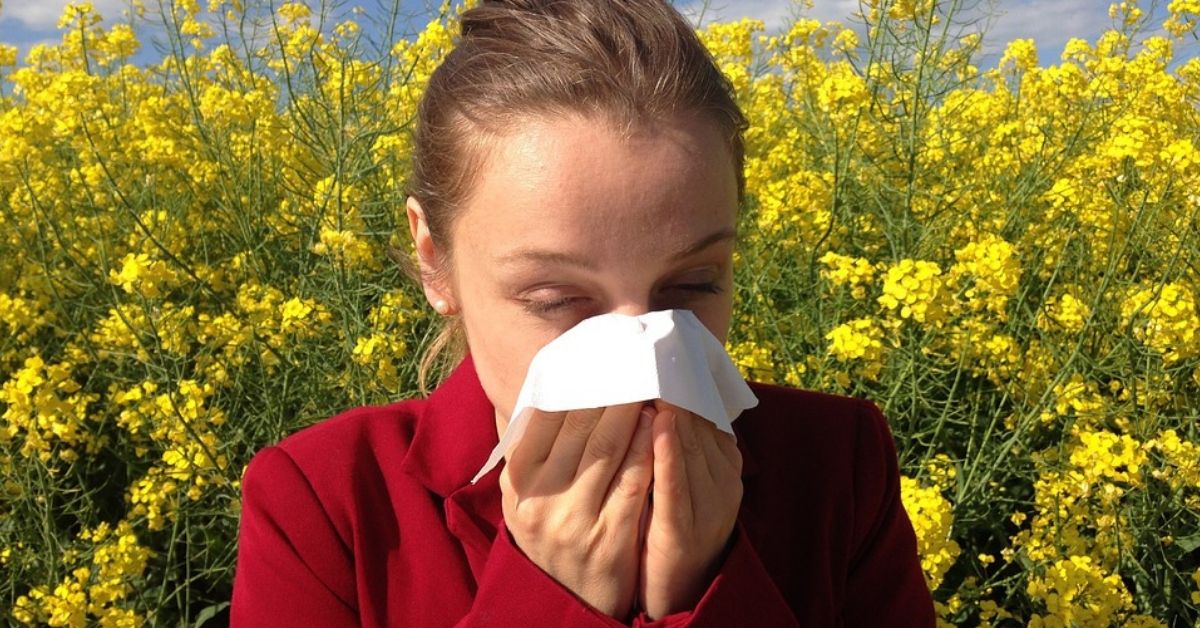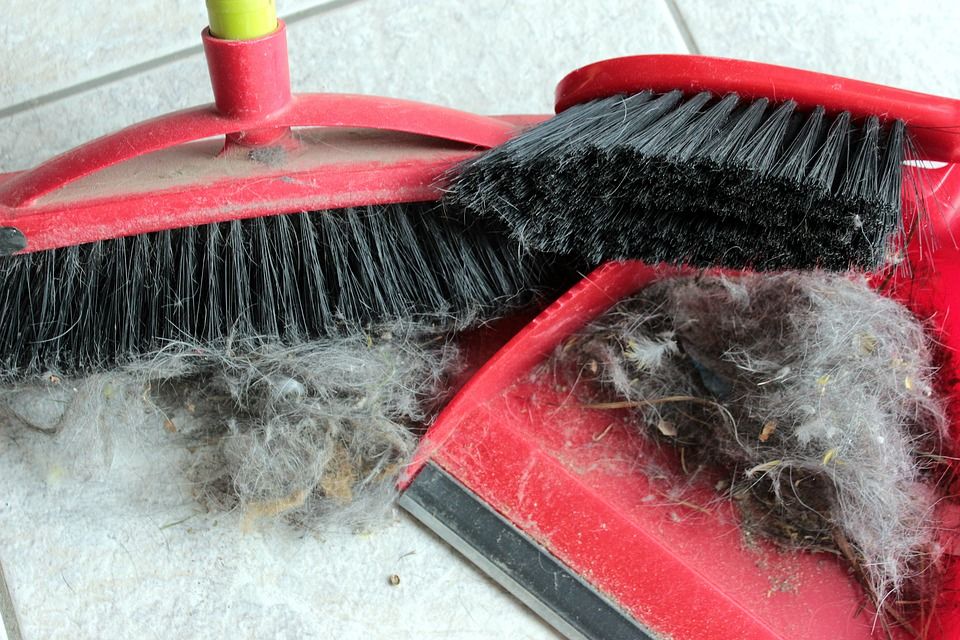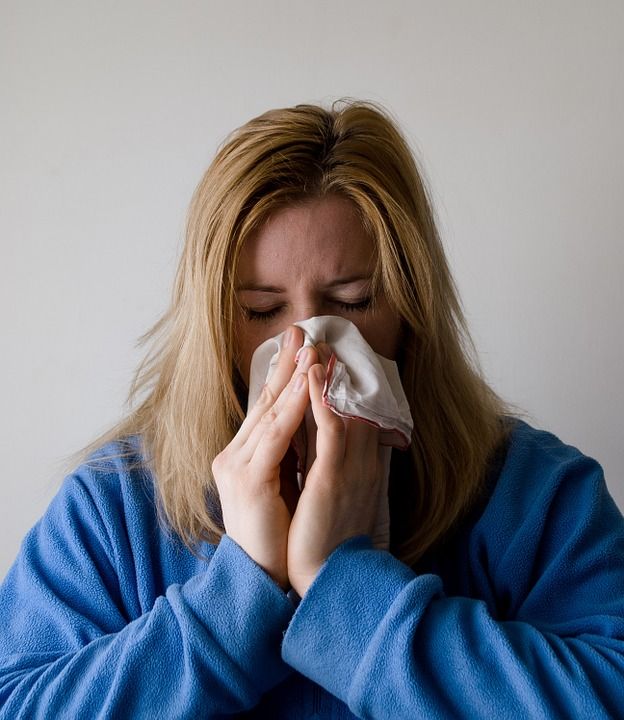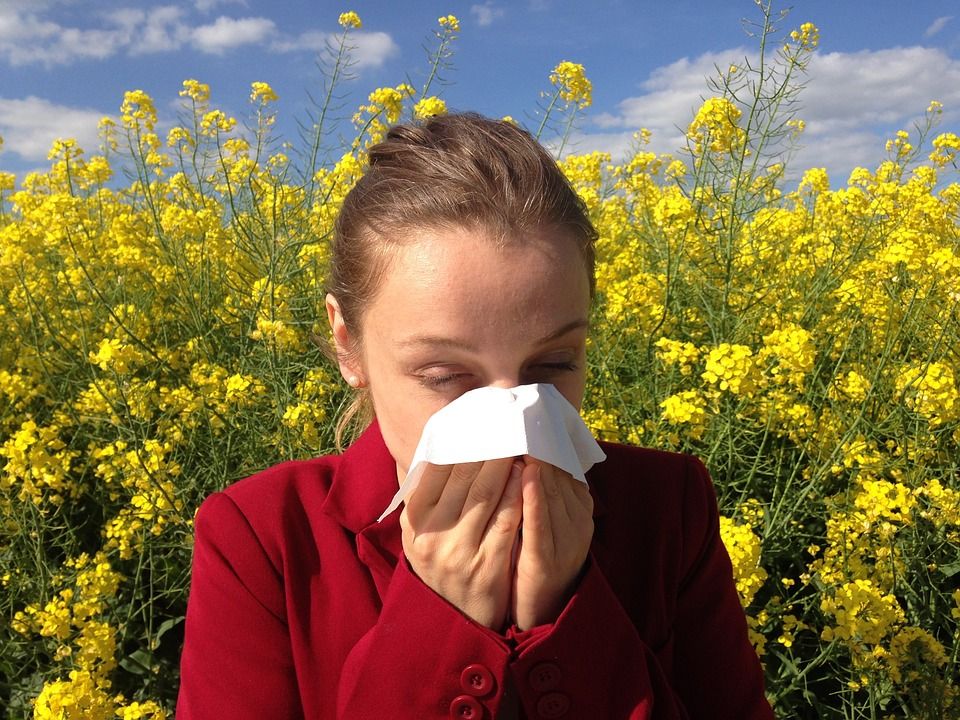Listen, whether you call it mucus, boogers, or snot, I think we can all agree it's gross. No one really likes to talk about it, but as it turns out, the color of that stuff can reveal a lot about your health.
Mucus is one of the most important things your body produces, even though no one likes it. We need it to survive, or as Dr. Michael M. Johns III professor of head and neck surgery at Emory University says, "It is the oil in the engine. Without mucus, the engine seizes."
Okay fine, we'll accept we need it, but we don't have to like it. The one thing we all should know, however, is what the different colors of your mucus mean. If you start to notice a different color in the tissue after you blow your nose, it could be letting you know that there is something seriously wrong.
So let's all brave this grossness together, and find out what the colors of our mucus actually means.
Clear Mucus
Good news, you're in the clear. Clear mucus is the healthiest type of mucus that keeps your metaphorical engine running smoothly.
You need the "good" mucus in your body, but if there's an excess of it, it is likely because of allergies. An irritant like pollen, pet fur, or dust can increase production and lead to an annoying amount.
White Mucus
As your clear snot starts to turn a bit more white, that's when you know you've migrated out of the allergy world, and have started heading towards a common cold or infection.
It will likely be accompanied by some swelling or redness in the nose caused by inflammation, and you'll start to experience all of those telltale cold symptoms we all know and hate.
Yellow Mucus
Now you've gotten into the official infection territory. Yellow snot starts to appear after the infection has set in, but it's okay because your body is fighting it.
The yellow tint is caused by your white blood cells killing germs. When the white blood cells kill off germs, the now destroyed infections are discharged into the mucus, tinting it a yucky yellow color.
Green Mucus
As gross as it is, it's happening because your body is working overtime to fight off the infection. Not only do the discharged germs turn your mucus yellow, the other waste that starts to join as the fight goes on longer and longer begin to turn green.
If it lasts a long time, then it may because the germs have turned into a sinus infection and they need a little bit of help from antibiotics to beat it. If you notice a fever start to accompany the mucus, then that's a big indicator.
Pink or Red Mucus
The remnants of a bloody nose can be seen in your snot, and could be indicating a few different things.
If you haven't had any kind of trauma to the nose, then it may be bleeding because it's too dry. You can apply Vaseline or saline nose spray into the inside of your nose to try to help coat the tissue.
It may also be caused by excessively blowing your nose or if you pick at it. It should become a real concern if it is ever accompanied by difficulty breathing, last longer than 30 minutes, or if there is more than one tablespoon worth of blood.
Brown Mucus
Brown mucus is mostly caused by something actually going up your nose, like dirt, or old blood that has dried up finally making its way out of your system.
Black Mucus
If there is black mucus in your nose, it may be indicative of a fungal infection. It is uncommon, but if it happens you should seek medical assistance. There are four types of fungal infections that affect the sinuses, and they each need serious medical intervention to be cleared up.
The other possibility that is less scary is that it could be caused by smoke, whether it's from smoking a cigarette or if you happen to work with metal, the smoke and metal particles will stick inside your nose and turn the snot black.
The texture also should be considered
It's not just the color of the snot that can tell you what's going on, as the texture can reveal some other things about your health.
If your mucus is flowing freely, that means that it has a higher water content. If your mucus is getting hard then you should be drinking more water.
When should you see a doctor?
You may not want to see a doctor for a runny nose, but there comes a time when you really should. While your snot color can't be the only indicator of your health, when combined with other symptoms it can give you a good clue.
If you have had yellow snot with a fever for longer than three or four days, you should check in with your doctor.
If there is any kind of headache or pressure around and behind the eyes, you should check in with a doctor.
And if any kind of swelling occurs, especially if it includes dark circles around the eyes, a doctor should be consulted.
Rare symptoms that should be immediately addressed include:
- Redness around the eyes
- Severe headaches
- Light sensitivity
- Neck pain
- Irritability
- Vomiting
Source - Healthline / WebMD / Reader's Digest









